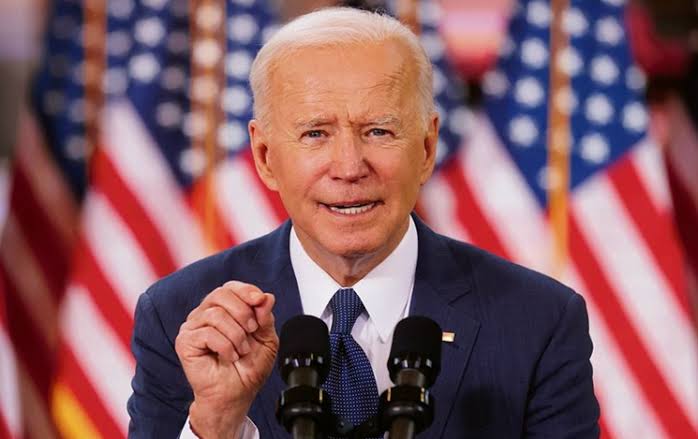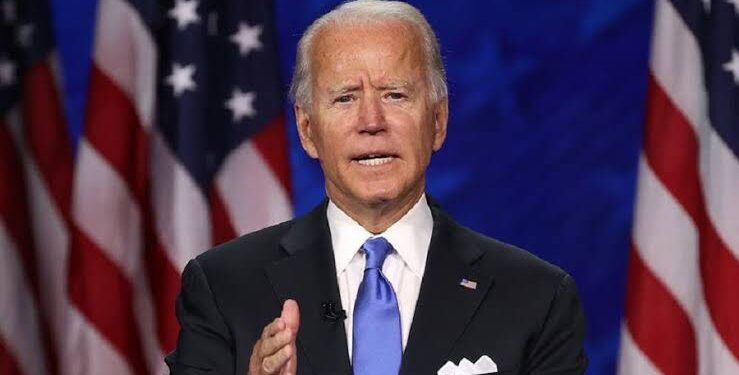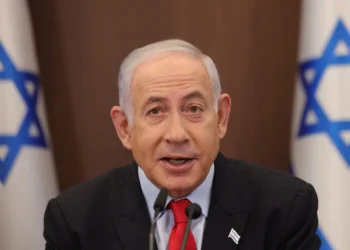The Biden administration has approved Ukraine’s use of U.S.-provided weapons to strike deep into Russian territory, marking a significant shift in U.S. policy.
This decision, revealed by three sources familiar with the matter, comes as Ukraine prepares to launch its first long-range attacks in the coming days. Specific details remain confidential for operational security reasons.
A Response to Escalating Threats
This policy change follows months of Ukrainian President Volodymyr Zelensky’s appeals for extended military capabilities to target Russian forces far beyond Ukraine’s borders. The urgency was heightened by reports of North Korean troops being deployed to bolster Russian forces, a development raising alarms in Washington and Kyiv.
The strikes are expected to utilize ATACMS rockets, which have a range of up to 190 miles, potentially shifting the dynamics on the battlefield. While some U.S. officials remain skeptical about the strategic impact, this move aims to give Ukraine an edge as Russian forces make territorial gains and to strengthen Kyiv’s position in potential ceasefire negotiations.

Uncertainty Under Trump’s Incoming Administration
With President-elect Donald Trump set to take office on January 20, it remains unclear if he will uphold this policy. Trump has criticized the extent of U.S. support to Ukraine and pledged to end the war quickly, though details of his approach are vague.
Nevertheless, some congressional Republicans have supported loosening restrictions on how Ukraine can deploy U.S. weapons, arguing it is necessary to counter Russian aggression effectively.
Russian Reaction
Russia has warned that any move to allow deeper strikes into its territory would be seen as a major escalation. This development adds another layer of tension to an already volatile conflict, with potential consequences for international diplomacy.
Bottom Line
The Biden administration’s decision reflects a growing urgency to counter Russian advances and bolster Ukraine’s defenses. However, this policy shift introduces new risks, including potential retaliation from Moscow and uncertainty about its continuation under the incoming Trump administration. The coming weeks will reveal whether this strategy alters the trajectory of the conflict or exacerbates geopolitical tensions.














